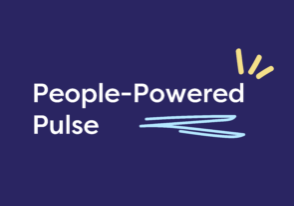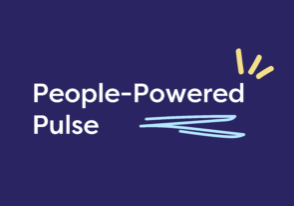It’s no secret that professionals are turning to Microsoft Teams for videoconferencing and virtual learning.
As the fastest growing app in Microsoft’s history, Teams is used by more than 1 million companies globally and counts 280 million monthly active users. And the platform continues to grow in popularity, with the number of daily active users nearly doubling from 145 million in 2021 to 270 million in 2022.
When it comes to virtual training, a number of the organizations Elsie partners with are shifting to Teams. While it has not historically been considered a true training platform, Teams has grown in popularity with distributed teams because it’s all-in-one.
Teams is part of the larger Microsoft ecosystem that people are already using in the business world, which includes programs like Outlook, Word, Excel, and PowerPoint. Because it is tightly integrated with these other Microsoft Office products, there’s no need to switch between apps or change file structures. All of the resources—from agendas and materials to meeting notes and action items to the recording and attendance—live within Teams. This makes it convenient to use.
Why do companies choose Microsoft Teams?
With more people working from home or a hybrid setting, organizations are embracing virtual meetings and professional learning. Teams is one of multiple platforms that L&D professionals, corporate leaders, and employees are using to support communication and collaboration in real-time regardless of location, in part because:
- It’s easy to implement: Four out of every five Fortune 500 companies use Microsoft Office 365, so a higher percentage of the workforce is familiar with Microsoft products and has experience using them. There’s less of a technological barrier and learning curve compared to other platforms.
- It’s quick and simple to access: With desktop and phone apps, users can join a meeting with one click and have immediate access to documents, chats, transcripts, and other resources.
- It integrates with 250+ applications: Trainers and Human Resource professionals can easily integrate with common third-party software they’re using, like Workday, to complete everyday tasks within Teams.
- It’s flexible, offering multiple subscriptions based on business needs: Teams free is a no-cost and more basic version designed for small businesses, and companies can upgrade to a variety of paid plans ranging from $4–22 per user monthly, offering additional tools, services, integrations, data handling, and reporting and analytics.
Elsie’s top tips for using Microsoft Teams to make virtual learning more engaging—and boost learner outcomes
- Use it to supplement bigger events: Virtual conferences and keynotes using larger platforms can tap Teams to host breakout and planning sessions, often enlisting the support of a professional producer to elevate the user experience.
- Build in interactivity: Users can pre-design their event to make it interactive. This might include a detailed channel set-up with custom tabs for pre-loaded materials, drag and drop activities, and more.
- Create a virtual classroom with PowerPoint Live: The presenter has the ability to share his or her slides with the audience, and individuals can react like they would in a traditional classroom by raising their hands and taking part in a chat. Audience members can customize their viewing experience by zooming in and shifting to high contrast. Translation is available in 19 languages.
- Collect instant feedback with polling: Create real-time polls to get instant feedback or use polls to quiz participants during training events. Presenters can instantly see all results and choose to share them with participants in the room.
- Encourage ideation with whiteboarding: Each meeting includes a whiteboard—known as a free-form, digital canvas for brainstorming—for participants to sketch, write, and draw together.
- Drive engagement through shared screen annotation: Encourage higher levels of participation by inviting learners to annotate directly on the shared screen.
- Choose for intra-organization events: From a technical standpoint, Teams works best when users are part of the same company.
Our team of experienced producers and facilitators is prepared to roll up our sleeves and help plan and execute your next virtual event, using Teams or another preferred learning platform. Together, we will ensure the presentation runs smoothly and includes a number of activities that connect your workforce with each other and the content—ultimately improving learning outcomes. We’re ready when you are.









